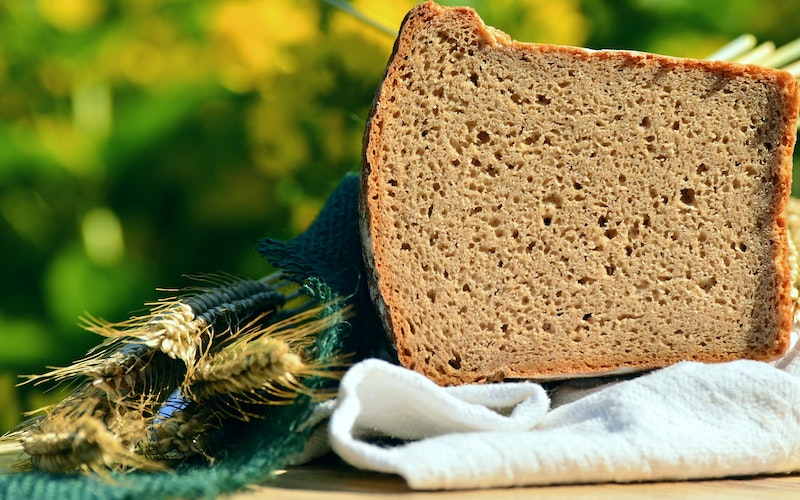Is almond flour low FODMAP? Find out whether you can eat almond flour on a low FODMAP diet or not.
Posts may be sponsored. This post contains affiliate links, which means I will make a commission at no extra cost to you should you click through and make a purchase. As an Amazon Associate I earn from qualifying purchases.
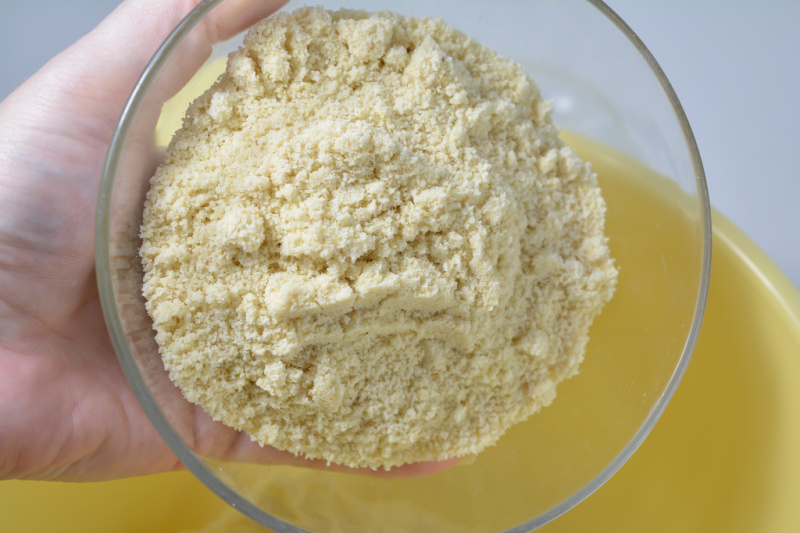
Is Almond Flour low FODMAP?
If you’re following a low FODMAP lifestyle, you might be confused about what types of flour you can eat on that diet. There are several different low FODMAP flours, but can you eat flour made of almonds?
Almond flour, popular among those on gluten-free and low-carb diets, is a versatile ingredient used in everything from baking to cooking. However, when it comes to a low FODMAP diet, the suitability of almond flour isn’t as straightforward as other flour alternatives.
When following a low FODMAP eating plan, the challenge is to identify foods that don’t trigger digestive issues such as bloating, stomach pain, or irritable bowel syndrome (IBS).
Given the complexity of this diet, understanding whether almond flour falls into the category of low FODMAP foods can be quite critical for those who love their baked goods and want to maintain their dietary discipline.
Remember, almond flour or almond meal is made from ground almonds. This may not be a good option for you even though it is naturally gluten free.

What is the low FODMAP diet?
The low FODMAP menu is an eating plan designed to help manage symptoms in people with IBS (Irritable Bowel Syndrome). FODMAP stands for Fermentable Oligosaccharides, Disaccharides, Monosaccharides, and Polyols. These are types of carbohydrates that aren’t easily broken down and absorbed by the gut, leading to bloating, gas, and stomach pain.
In a low FODMAP menu, you limit or avoid foods that are high in these carbohydrates. This includes certain fruits, vegetables, dairy products, and wheat. The diet typically involves a strict elimination phase, where all high FODMAP foods are excluded. Then, foods are gradually reintroduced to identify personal triggers.
For almonds, it’s all about portion control. While almonds are low FODMAP in small portions (up to 10 almonds), large portions contain high amounts of Oligosaccharides and can trigger IBS symptoms. Therefore, while almond flour can be used in a low FODMAP diet, it should be used sparingly and in small quantities to avoid digestive discomfort.
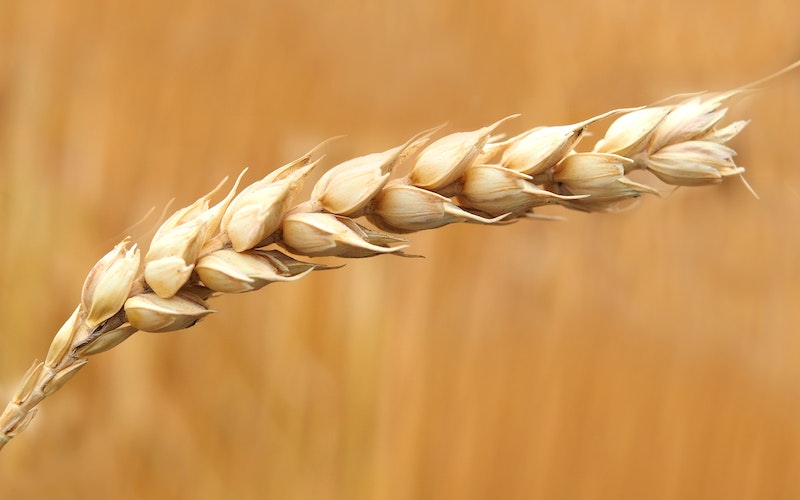
Is regular wheat flour low FODMAP?
Regular wheat flour is not typically considered low FODMAP. This is because wheat flour contains fructans, a type of Oligosaccharides, which can trigger digestive symptoms in people with IBS. Therefore, those following a low FODMAP lifestyle are usually advised to avoid regular wheat flour and opt for alternatives instead.
However, it’s not all bad news for bread and pasta lovers. There are several wheat-free alternatives suitable for a low FODMAP lifestyle. These include gluten-free flour, rice flour, and corn flour. Just remember, it’s always important to check the labels for any hidden FODMAPs.
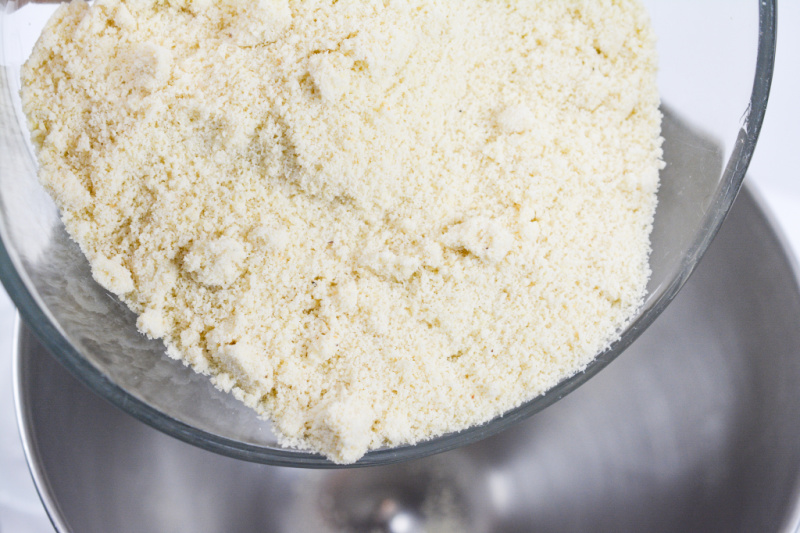
Can I use gluten free flour on a low FODMAP diet?
Yes, gluten-free flour can be used in a low FODMAP lifestyle. Gluten-free flour is made from grains that do not contain gluten protein, which is beneficial for those with gluten sensitivity or celiac disease. The good news is that these flours are also typically low in FODMAPs, making them a good choice for those on a low FODMAP eating plan.
However, not all gluten-free flours are created equal. Some might contain other high FODMAP ingredients, such as chickpea flour or soy flour. Therefore, it’s always important to read the ingredient list carefully. Look for gluten-free flours made from rice, corn, potato, or tapioca, as these are usually low FODMAP.
Just remember, moderation is key in a low FODMAP lifestyle, so even low FODMAP foods should be eaten in reasonable quantities.

What flour is low FODMAP?
Several types of flour can be safely included in a low FODMAP eating plan Here are eight options:
- Rice Flour: Made from finely milled rice, rice flour is a great low-FODMAP alternative to wheat flour.
- Corn Flour or Corn Meal: Another low FODMAP choice, perfect for thickening sauces or coating food.
- Potato Starch: Not technically a flour, potato starch is a fantastic low FODMAP option for gluten-free baking.
- Oat Flour: Made from whole oats, it’s low FODMAP in small amounts (up to 1/4 cup) and adds a mild, slightly sweet flavor to baked goods.
- Quinoa Flour: A protein-rich, low FODMAP flour alternative that’s great for pancakes, muffins, and bread.
- Tapioca Flour: Derived from the cassava root, it’s a fine, white powder that’s low in FODMAPs and often used in gluten-free baking.
- Sorghum Flour: A whole grain flour, low in FODMAPs and great for adding a hearty texture to gluten-free baked goods.
- Buckwheat Flour: Despite its name, buckwheat flour isn’t related to wheat and is a low FODMAP flour option. Buckwheat flour is ideal for pancakes and bread.
Remember, while these flours are generally regarded as low FODMAP, it’s essential to consider portion sizes and individual tolerance levels to keep IBS symptoms at bay.
Additional Low FODMAP Flour Alternatives
Here are a few more flour alternatives that might fit into a low FODMAP eating plan, again, with attention to portion control:
- Teff Flour: Although teff is a type of wheat, teff flour is considered low FODMAP in small amounts (up to 2/3 cup). It’s a nutritious alternative that gives baked goods a mild, nutty flavor.
- Barley Flour: Barley flour is low FODMAP in small quantities (up to 1/4 cup). It has a sweet, nut-like flavor and can be used in a variety of recipes.
- Maize Flour: Also known as corn flour, maize flour is low FODMAP and can be used in a variety of baking and cooking recipes.
- Yam Flour: Made from dried yams, this flour is a low FODMAP alternative that works well in gluten-free recipes.
- Einkorn Flour: Einkorn is an ancient grain that is considered low FODMAP in small portions (up to 1/4 cup). Note that while it is easier to digest than modern wheat, it does contain gluten, so it’s not suitable for those with celiac disease or a gluten intolerance.
Again, always remember that even low FODMAP foods can cause symptoms if you eat too much at once. It’s important to pay attention to portion sizes and to monitor your individual reactions to different types of flours.

Is almond flour good for IBS sufferers?
This flour can be a good choice for those with IBS, but it’s crucial to remember the magic word: moderation. Since it is made from almonds, and only small amounts of almonds (up to 10) are considered low FODMAP, the same applies to flour. This means if you are using almond flour in your recipes, be sure to use it sparingly to avoid any unwanted digestive discomfort.
In many cases, people with IBS find that they can tolerate small amounts of this flour without any issues. But, everyone is different. What works for one person may not work for another. If you’re considering adding almonds to your low FODMAP menu, it might be a good idea to start with small amounts and see how your body responds. If you notice any flare-ups of your IBS symptoms, it might be wise to cut back or try a different type of low FODMAP flour.
Consider buckwheat flour or coconut flour instead. Teff flour is another good option.
What starches are low FODMAP?
Starches are a type of carbohydrate that can be a significant part of your diet. When considering a low FODMAP lifestyle, several starch options are generally well-tolerated and can be included without exacerbating IBS symptoms. These include rice flour, potatoes, oats, quinoa, and certain types of corn. This means you can enjoy foods like rice-based dishes, potato fries, oatmeal, and quinoa salads while adhering to a low FODMAP lifestyle.
However, remember that not all types of starch are low in FODMAPs. For instance, wheat-based starches can pose a problem since wheat is high in FODMAPs.
Moreover, while some foods, like oats or quinoa, are low FODMAP in smaller servings, larger servings may lead to discomfort. FODMAP content can also change depending on cooking methods and food processing. Therefore, it’s always essential to check serving sizes and consider how food is prepared when following a low FODMAP menu.

How much almond flour can I eat on low FODMAP?
You can incorporate flour made of almonds into your low FODMAP lifestyle, but the key point to remember is moderation. Since almonds are low FODMAP in small amounts (up to 10 almonds), the same rule applies to flour. This means you should use it sparingly in your recipes to ensure you don’t exceed the FODMAP limit.
As a guideline, when using almond flour in baking or cooking, consider using a small amount — perhaps a few tablespoons — in combination with other low FODMAP flours. This will help keep your FODMAP intake within reasonable bounds. Always listen to your body and adjust your intake based on your individual tolerance levels.
Best low FODMAP flour blends
For those on a limited FODMAP diet, finding the right flour blend can be a game-changer. Here are seven blends that are generally well-tolerated:
- Rice Flour and Oat Flour Blend: A mix of rice flour and oat flour can make an excellent low FODMAP flour blend. It offers a balanced texture and mild flavor, suitable for both sweet and savory dishes.
- Quinoa and Buckwheat Flour Blend: For a protein-rich blend, combine quinoa and buckwheat flours. This mix works well for pancakes, muffins, and bread.
- Corn Flour and Tapioca Flour Blend: This blend is perfect for those who enjoy a lighter texture in their baked goods. It’s excellent for making cakes, cookies, and pastries.
- Sorghum and Potato Starch Blend: A combination of sorghum flour and potato starch creates a hearty texture, making it ideal for gluten-free bread and other baked goods.
- Teff and Maize Flour Blend: This blend is highly nutritious and imparts a mild, nutty flavor to recipes. It can be used in a variety of baking and cooking recipes.
- Yam and Einkorn Flour Blend: A mix of yam and einkorn flours can be used as an alternative in gluten-free recipes. Remember that einkorn does contain gluten, so it’s not suitable for those with celiac disease or gluten intolerance.
Remember, individual tolerances can vary widely, so it’s essential to pay attention to your body’s signals and adjust as necessary. Creating a custom blend that suits your dietary needs and taste preferences can make baking enjoyable and stress-free.
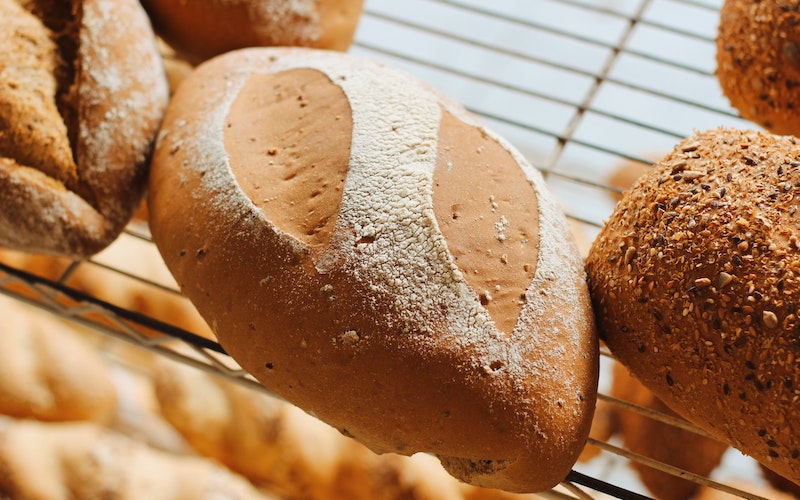
Flours to avoid on low FODMAP
While on a low FODMAP eating plan, there are certain types of flours you should steer clear of as they may increase your FODMAP intake and potentially exacerbate your IBS symptoms. One of these is wheat flour. Wheat flour, including whole wheat, is high in FODMAPs and can cause discomfort, especially in larger portions.
Another type of flour to avoid is rye flour. Rye is high in FODMAPs, and consuming it can lead to an increase in IBS symptoms. This means that foods like rye bread or rye crackers should be avoided or limited on a low FODMAP diet.
Lastly, it’s best to avoid barley flour as well. Similar to wheat and rye, barley is high in FODMAPs and can cause digestive distress if consumed in larger amounts. It’s best to opt for low FODMAP alternatives like rice flour, oat flour, or corn flour to keep your FODMAP intake in check and maintain a comfortable digestive system.
Related Reading
You may also enjoy these:
Best substitute for almond flour in baking
Ellen is a busy mom of a 25-year-old son and 29-year-old daughter and a grandma to an adorable girl. She owns 6 blogs and is addicted to social media. She shares simple tips and recipes for baking with almond flour. If you’d like to work together, email [email protected] to chat.

